To promote the second season of the Apple TV+ nature documentary "Tiny World," Apple has released a behind-the-scenes video showing the lengths its filmmakers took to capture the actions of small creatures underwater.
Narrated by Paul Rudd, "Tiny World" is a nature documentary series examining smaller creatures on Earth, including what they do to survive. To capture footage of the animals in their natural habitat, the filmmakers undertake considerable amounts of work to get the shots they need.
In a video posted to YouTube on Sunday, the behind-the-scenes video titled "Filming Inside the Reef" shows some of the equipment and techniques the show used to film underwater at the Great Barrier Reef.
As well as employing waterproof cameras and probe lenses to get close-up shots, the filmmakers had to use specialized diving equipment while filming. Rather than use traditional Scuba gear to stay underwater for a long period of time, alternate equipment that retained the gases was used, eliminating any bubbles or further disturbances of the water from the diver taking breaths.
"The animals are so much more comfortable around you, they're not scared off with every single exhale that you make," said camera operator Alex Vail, adding that it allowed the team to get closer to fish and other creatures.
The video also covers how the show recorded footage of the Peacock Mantis Shrimp, a creature that at one point attacked and broke a probe lens.
Apple previously released a behind-the-scenes video for the first season in October, showing the use of lenses intended for "scientific purposes" rather than the typical zoom lenses used by typical nature documentary teams. That video also revealed the use of a first-person-view drone, and a motion control rig to film a gecko over three years.
The second season of "Tiny World," made up of six episodes, is available to watch now on Apple TV+.
 Malcolm Owen
Malcolm Owen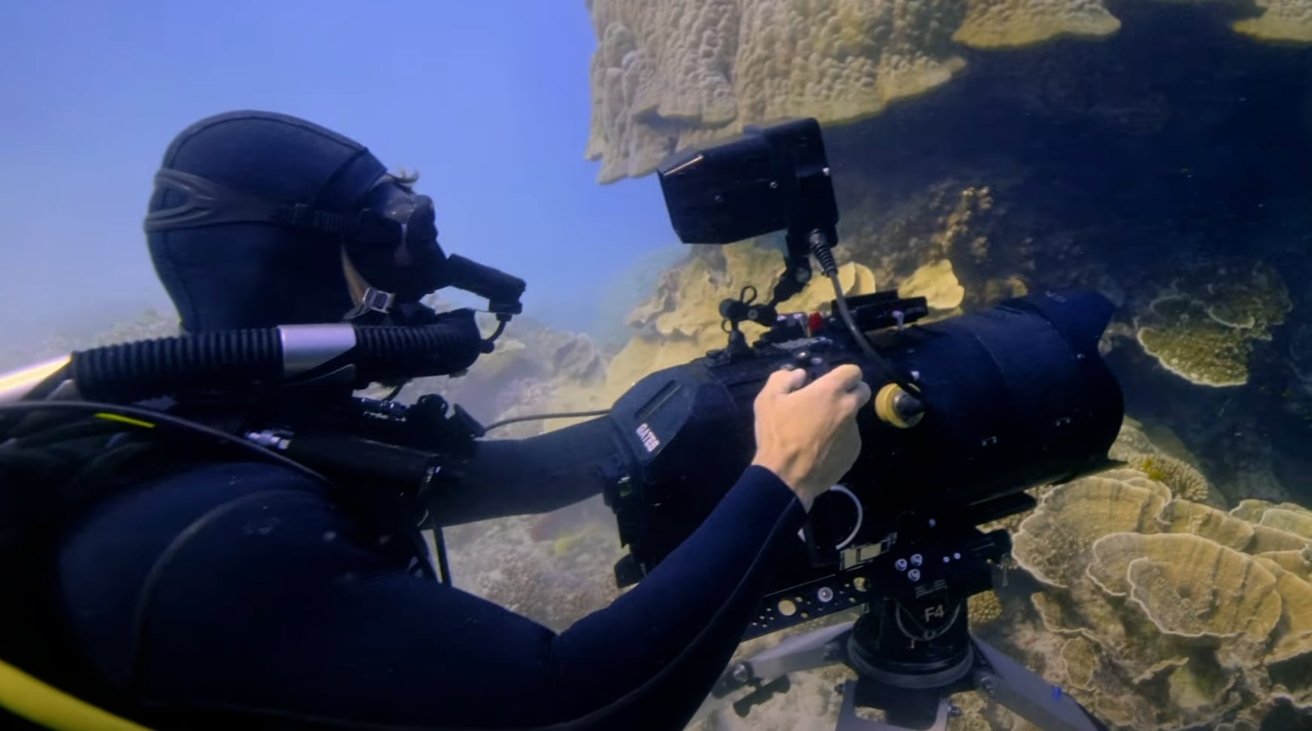


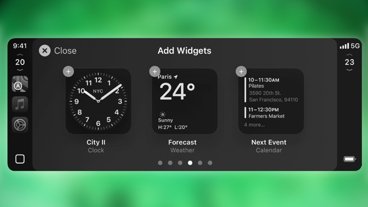
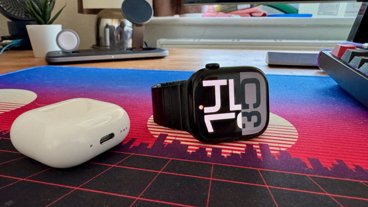



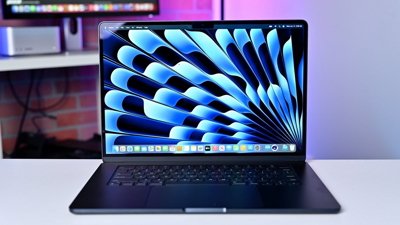
 Andrew Orr
Andrew Orr
 Andrew O'Hara
Andrew O'Hara
 William Gallagher
William Gallagher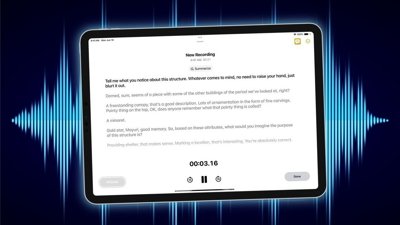
 Charles Martin
Charles Martin
 Wesley Hilliard
Wesley Hilliard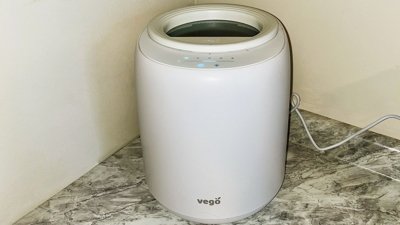
 Amber Neely
Amber Neely
 Christine McKee
Christine McKee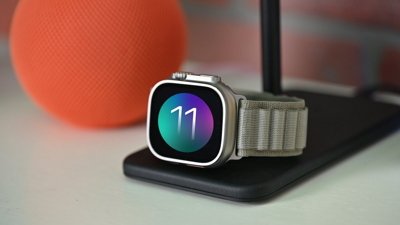
 Marko Zivkovic
Marko Zivkovic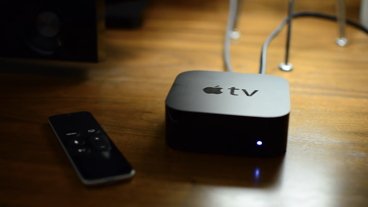



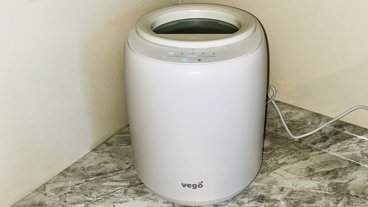
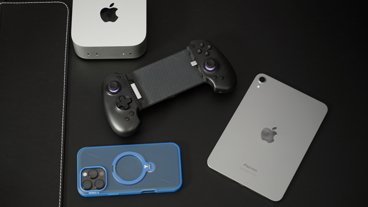

8 Comments
A documentary about the making of the documentary!!
Tiny world is the best thing on Apple TV+ and the photography is the best of any natural history documentary I’ve ever seen. You really must watch it. But ideally on an LG Ultrafine 5K or iMac 27 inch because the colours are so spectacular.
Alex Vail, Camera Operator. Alex Vail, Camera Operator.